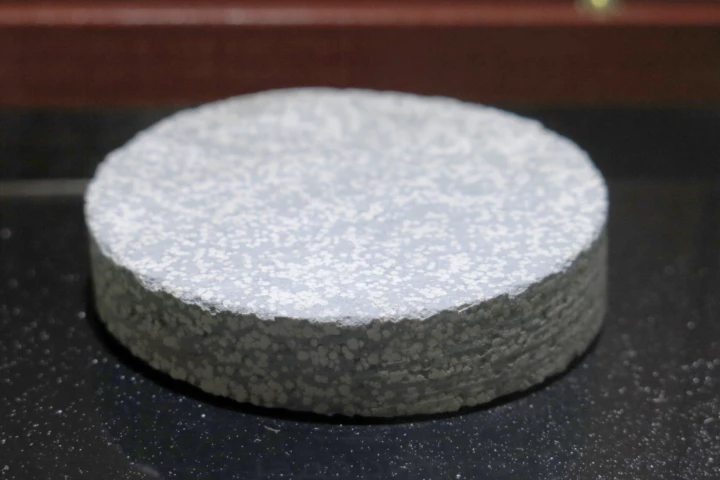Minerals
-
Industrial pipes carrying water or chemicals invariably get gunked up as deposits accumulate on their internal surfaces. Researchers in Texas have found that lining pipes with lab-grown diamond film can prevent buildup like nothing else.
-
With a chemical formula nearly identical to fictional kryptonite, unique mineral jadarite has the potential to power a million electric vehicles each year. But it remains underground, beneath a Serbian valley, more than 20 years after it was found.
-
A specific amount of the trace element copper has been linked to protecting cognitive function in older adults, providing new insight into how the mineral aids the brain. It may even offer greater benefits to people recovering from stroke.
-
Canadian decarbonization firm Exterra is tackling a critical environmental issue that's not talked about often: cleaning up the mineral waste left behind in asbestos mines after decades of extraction.
-
Step aside, golden beaches – New Zealand has stretches of sand sparkling with real gold. And with this, scientists have been able to assemble the world's first atlas of highly detailed beach gold found along the country's South Island coastline.
-
"It's not the heat, it's the humidity." That adage applies indoors as well as out, which is where an experimental new material comes in. It absorbs humidity within rooms, reducing the need to run power-hungry ventilation systems.
-
In what they've confirmed as the largest study looking at the effects of diet on rates of colon cancer, researchers in the UK say that calcium-rich foods offer significant protections against the disease. Alcohol and red meat? Not so much.
-
In case you haven't heard, the methane in cow burps is a major source of greenhouse gases. There may be a new way of addressing that problem, however, as a recent study shows that feeding cows clay reduces their methane emissions by over 30%.
-
Stumbling on a giant gold nugget and never working again is something we’ve all daydreamed about, but how exactly do they form? A new experiment has found that earthquakes and electricity might be key ingredients.
-
Geologists have drilled deeper than ever into material from the Earth’s mantle – more than three quarters of a mile. The sample gives a glimpse into the geology and even life in a deep world normally beyond our reach.
-
Researchers regenerated damaged bone in mice by creating a scaffold that combines a piezoelectric framework and the growth-promoting properties of a naturally occurring mineral. The novel “bone bandage” has wide-ranging potential applications.
-
Avoiding eating your favorite ice cream because you don’t want to experience the pain caused by sensitive teeth may soon be a thing of the past, with researchers offering a. long-term fix by developing a novel way of rebuilding lost tooth minerals.
Load More











